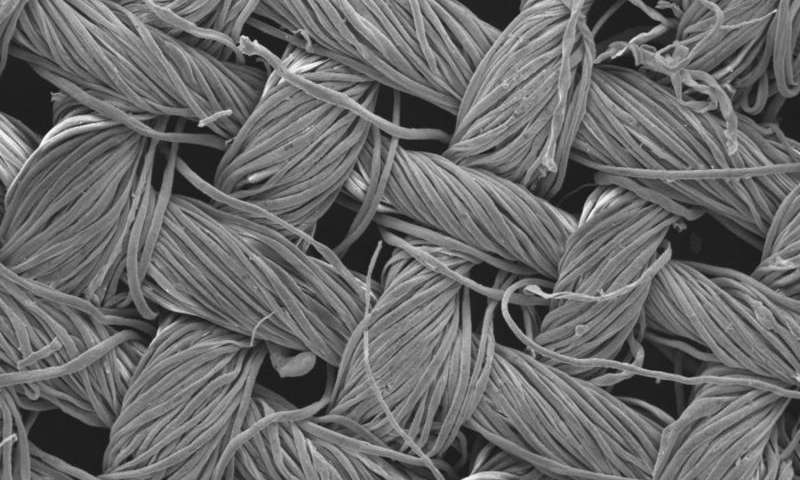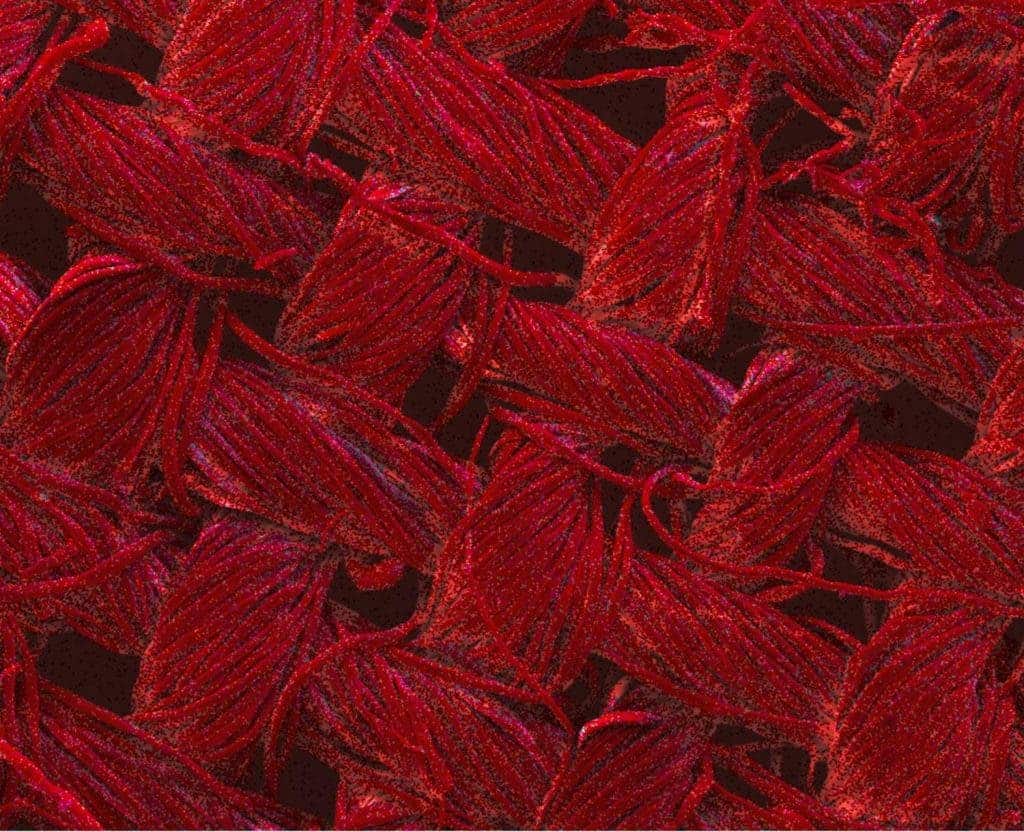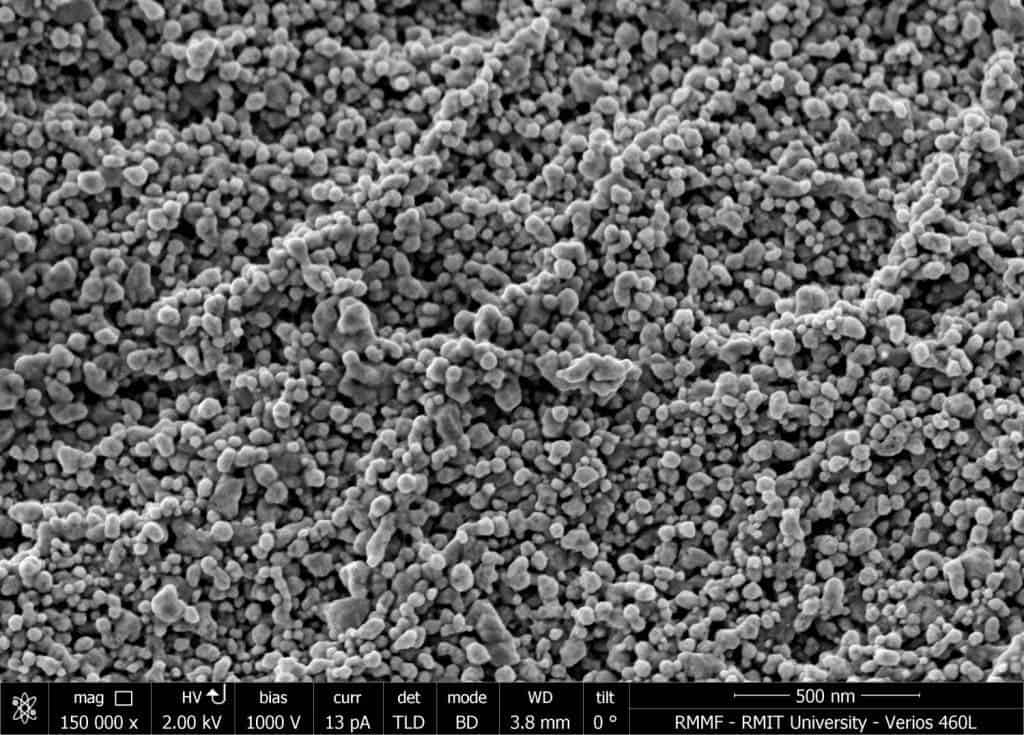Tired of laundry day? Pioneering nano research into self-cleaning textiles could soon make cleaning your clothes as easy as hanging them out on a sunny day.

Image credits RMIT University
A team from the Ian Potter NanoBioSensing Facility and NanoBiotechnology Research Lab at the RMIT University in Melbourne, Australia, have developed a cheap and efficient method of incorporating nanostructures which degrade organic when exposed to light directly into textile fibers. Thier new production technology could pave the way for clothes that can shrug off grime and slime when put under a light bulb or worn out in the sun.
When exposed to light, the nanostructures release so-called hot electrons — particles that gain very high kinetic energy after being accelerated by a strong, high intensity electrical field within a semiconductor. These electrons then consume their energy to degrade organic matter stuck in the weave around them. The researchers worked with copper and silver-based compounds to create their nanostructures, as these are known for their ability to absorb visible wavelength intervals of light.

Image credits RMIT University
Self-cleaning clothes aren’t a new concept. But the RMIT team aimed to develop a method that would allow active structures to be permanently attached to the fibers and be usable on an industrial scale at the same time. Their novel solution was to grow them directly onto the materials by dipping these into a series of chemical solutions. The whole process takes roughly 30 minutes and results in extremely stable nanostructures.
During laboratory tests, it took less than six minutes of light exposure for the nano-enhanced fabrics to spontaneously clean themselves.

Image credits RMIT University
“The advantage of textiles is they already have a 3D structure so they are great at absorbing light, which in turn speeds up the process of degrading organic matter,” said Lead researcher Dr Rajesh Ramanathan.
Dr Ramanathan says that the process has a variety of possible applications in catalysis-based industries such as agrochemicals, pharmaceuticals and natural products, and can be easily scaled up to industrial levels.
“Our next step will be to test our nano-enhanced textiles with organic compounds that could be more relevant to consumers, to see how quickly they can handle common stains like tomato sauce or wine.”
“There’s more work to do to before we can start throwing out our washing machines, but this advance lays a strong foundation for the future development of fully self-cleaning textiles,” Ramanathan concluded.
The full paper, titled “Robust Nanostructured Silver and Copper Fabrics with Localized Surface Plasmon Resonance Property for Effective Visible Light Induced Reductive Catalysis” has been published online in the journal Advanced Materials Interfaces and is available here.


